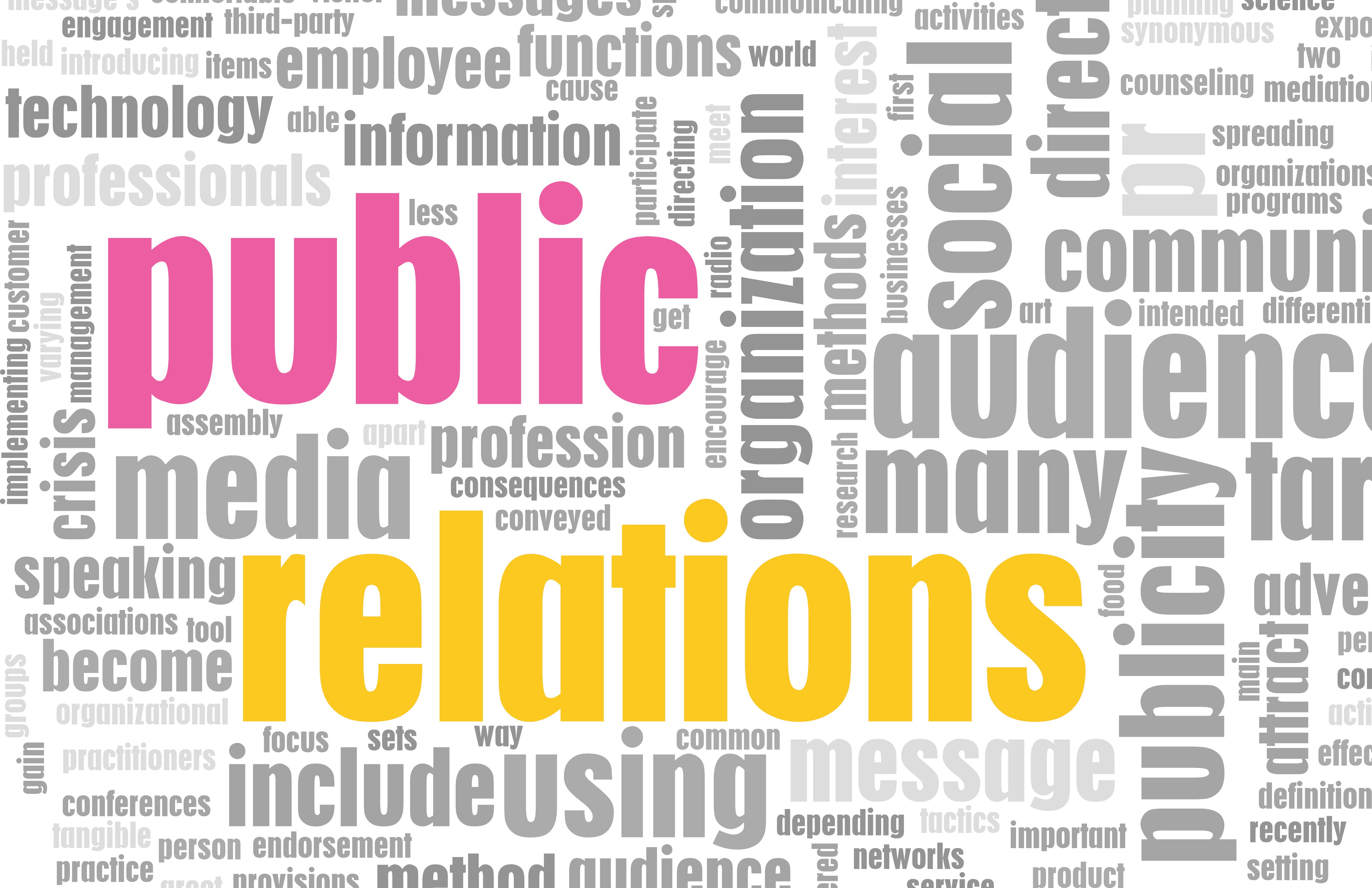One of the most difficult things for a new business that hasn’t grown beyond a handful employees is building up publicity. If no one knows about your product, then no one is going to buy it. So what is a small business owner to do? The answer is a public relations strategy.

How to Develop a Working Public Relations Strategy for Your Next Product Launch
There are a few strategies to keep in mind when building a public relations strategy for a small business, and here they are:
Know your audience
The first step in building a public relations strategy is figuring out exactly who your public is. This will allow you to focus your efforts and determine exactly which media contacts you need to cultivate. If you are a local business, then you likely don’t need to worry about national publications, but it’s wise to build a good relationship with local newspapers and radio stations. Then, as your market expands, so should your network.
Figure out the stories you want to tell
In order to catch the interest of any news outlets, you need to have a story that’s newsworthy. This can be anything from public outreach efforts that your company is making to charitable work. Simply make sure that it is newsworthy without dripping with promotional materials. The instant it looks like an advertisement, news outlets will turn the other way.
Write the press release news outlets want
When you create a press release, there are specific formatting requirements that you need to follow, so make sure you are following industry standards. As for content, a good press release will be approximately one page and include all the basic, important information. Include some background information, the contact information for your business, and a quote from a higher-up in the company—an owner, partner, or other high-ranking member of the team. Don’t try to pack every detail in, though. If the story catches a news outlet’s attention, they can contact you to get more details.
Something else that’s important to note: don’t make the mistake of underestimating social media. People hear about social media and think of it as just a way for twenty-somethings to keep in touch with their friends, but it holds much more potential than that. Social media has the capability of making both larger companies seem more local and smaller companies seem like a national chain. Because of this, even several larger companies use social media to great advantage.
When Taco Bell launched their Cool Ranch Doritos Locos Taco, one locally-targeted campaign sent customers on a miniature treasure hunt, “leaking” the fact over social media channels that a Manhattan flower shop was giving out free tacos to people who knew the password: “blue bouquet.” The local effort boosted sales in the area, and the company followed up by issuing a press release that led to national coverage.
When Hostess came back from bankruptcy in 2012, they branded the return “The Sweetest Comeback in the History of Ever” and capitalized on all of their social media channels, focusing on creating a personal connection between the brand and the consumer. In the end, the relaunch led to over 350 million Twitter interactions and 500,000 more Facebook fans than it previously had.
Social media campaigns don’t need to be tied to a huge, new branding campaign, either. Whenever they release a new product, digital security firm Blue Coat promotes the release across their various channels, instantly reaching the online networks that they have built and raising awareness of the new product across their customer base.
While it may seem daunting at first, building an effective public relations strategy for your business can be extremely beneficial and much simpler than it may appear. It’s a way of reaching a broad audience without the expense and inconvenience of an ad campaign. It can lead to a connection with customers at a more personal level, and it avoids putting off customers when it seems like you’re only out to sell them something. With just a little bit of work, you can build a rapport with customers and new outlets, and get people talking about your company in a positive light.







